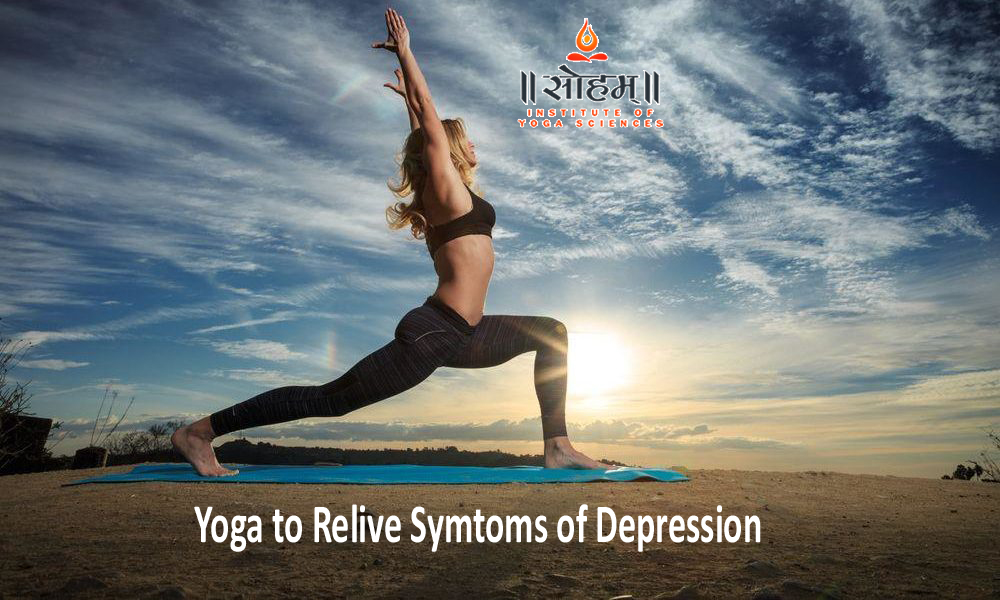How does yoga affect depression?
More studies are using randomized controlled trials to seem at the connection between yoga and depression. Randomized controlled trials are the simplest ways to verify study results. consistent with the recent studies suggest that yoga can:
Reduce the impact of stress
Help with anxiety and depression
Be a self-soothing technique almost like meditation, relaxation, and exercise
Improve energy
Yoga may be a workout that involves different body poses, breathing techniques, and meditation. The therapy may help with depression and your symptoms, like difficulty concentrating or loss of energy.
Many people use yoga therapy to manage:
Mental and emotional problems, like stress, anxiety, or depression
Conditions and disorders, like ongoing low back pain
Chronic or long-term pain
Overall health and well-being
You can find yoga classes at fitness studios, hospitals, and native community centers. The classes are often gentle or challenging, counting on the design.
How does yoga therapy work?
Permanente Medical Group says yoga therapy “can be very powerful within the treatment of depression.” albeit yoga isn’t your forte, the mixture of meditation and physical movement provides two important elements for relieving depression. Meditation helps bring an individual into this moment and allows them to clear their minds. Controlled, focused movements also help strengthen the body-mind connection.
Breathing exercises are effective in reducing depressive symptoms, consistent with one study. you’ll find yoga helpful because the exercise focuses on deep, controlled breathing.
What does depression do to your body?
To improve mood and relaxation
As an exercise, yoga may be a natural thanks to increasing serotonin production. consistent with the Journal of Psychiatry and Neuroscience Trusted Source, serotonin production plays a task within the treatment of depression. Serotonin is believed to play a serious role in happiness. One study trusted Source also suggests people with depression have lower serotonin levels.
Yoga is additionally especially helpful due to its gentle, calming, and fluid nature. Each pose is flexible, so people of all levels can practice. Your instructor will emphasize breathing, concentration, and smooth movement. They’ll also encourage you to specialize in positive images to calm the body and mind.
To reduce stress and anxiety
Yoga also increases your pulse variability (HRV), or change within the time between heartbeats, by increasing the relief response over the strain response within the body. A high HRV means your body is best at self-monitoring or adapting, particularly to worry.
Yoga can also:
Reduce resting pulse
Lower vital sign
Ease breathing
Increase pain tolerance
One study, consistent with that folk who were more stressed had a lower pain tolerance.


Recent Comments- pranayama breathwork training on HOW YOGA HELPS IN BALANCING YOUR HORMONES AND BOOSTING IMMUNITY!